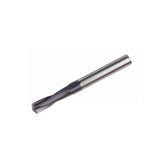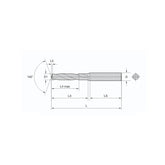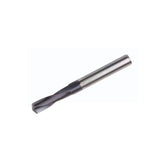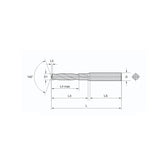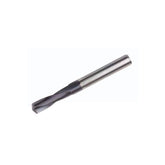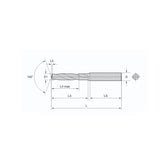Why Does Your Carbide Drill Bits Break Easily?
Why Carbide Drill Bits Break Easily?
1. Material Characteristics
The primary component of carbide is tungsten (W), which makes it highly brittle and prone to fracture despite its superior hardness.
2. Runout Issues
After clamping, the runout at drill tip must be:
- ≤ 0.02mm for general specifications
- ≤ 0.01mm for drills below Ø2.0mm
3. Drill Deflection
Self-rotating drills exhibit:
- Increased runout with longer overhang
- Poor centering during initial drilling
Solution: For deep hole drilling, use a short drill to create pilot hole first, then proceed with long drill.
4. Chip Control Issues
Common mistakes when using carbide drills:
- Applying HSS cutting parameters (incorrect cutting speed/feed rate)
- Insufficient feed causing continuous chips and chip wrapping
5. Quality Consistency
Unpredictable tool failure due to delayed replacement.
Drill Replacement Indicators
1. Chip Observation
- Deteriorated chip breaking performance
- Longer chips with burrs or torn edges
2. Auditory Signals
- Abnormal machining noises
- Increased friction/squealing sounds
3. Machine Load Monitoring
- Increased cutting resistance
- Elevated spindle load
Note: Immediate replacement required when any of these indicators appear.
Proper implementation of these guidelines will significantly enhance carbide drill performance, achieving 3-5× longer tool life and efficiency compared to HSS tools.
Explore Our Carbide Drill Bits
Professional Grade Carbide Drill Bit Supplier | Technical Support Available
Tags:
